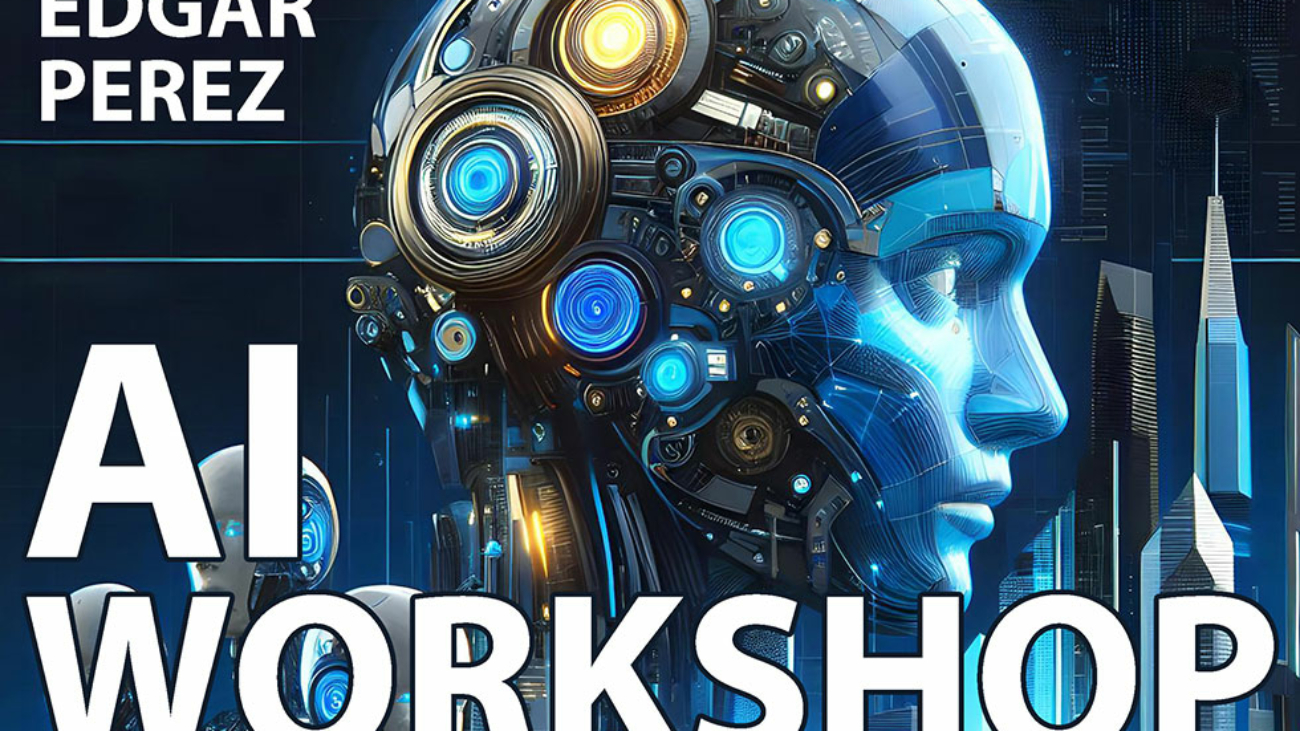As the world of artificial intelligence continues to evolve, a new trend is emerging in the field of natural language processing (NLP): Small Language Models (SLMs). These compact models are designed to deliver high accuracy and compute efficiency, making them an attractive option for organizations with limited resources. Let’s delve into the world of SLMs, exploring their benefits, applications, and the innovative techniques used to harness their potential.
The Agonizing Wait: A Family’s Journey with Developmental Dysplasia of the Hip (DDH) and the Promise of AI-Aided Diagnosis
As I sat in the hospital waiting room with my wife, clutching our baby’s tiny hand, our minds were consumed by worry. The pediatrician’s suspicion of developmental dysplasia of the hip (DDH) had sent our family into a tailspin of anxiety. We couldn’t help but wonder: would our little one face a lifetime of mobility issues and chronic pain? The wait for the ultrasound results felt like an eternity.
How Open Source is Revolutionizing the AI Ecosystem: The Rationale Behind Meta’s Mark Zuckerberg Decision about Llama 3.1
The world of artificial intelligence has witnessed tremendous growth in recent years, with intelligent chatbots being at the forefront of this revolution. These AI-powered conversational agents have transformed the way businesses interact with their customers, providing personalized support, answering queries, and even helping with transactions.
Demystifying the Machine: What CEOs Will Discuss at the World’s Longest-running Artificial Intelligence Workshop
Artificial intelligence (AI) has become a ubiquitous term, woven into the fabric of our daily lives. From the moment you unlock your smartphone with facial recognition to the personalized recommendations on your favorite streaming service, AI is silently working behind the scenes.
The Rise of Mike Lynch: A UK Entrepreneur’s Journey to Global Success
Mike Lynch, a British entrepreneur, made headlines with his remarkable success in building Autonomy, a global technology company. Founded in 1996, Autonomy was a pioneer in the field of enterprise search and data analysis.
Unlocking the Full Potential of AI: A Strategic Imperative for Business Success
As we navigate the complexities of the 21st century, it’s astonishing to note that a staggering 90% of organizations are failing to harness the full potential of Artificial Intelligence (AI).






